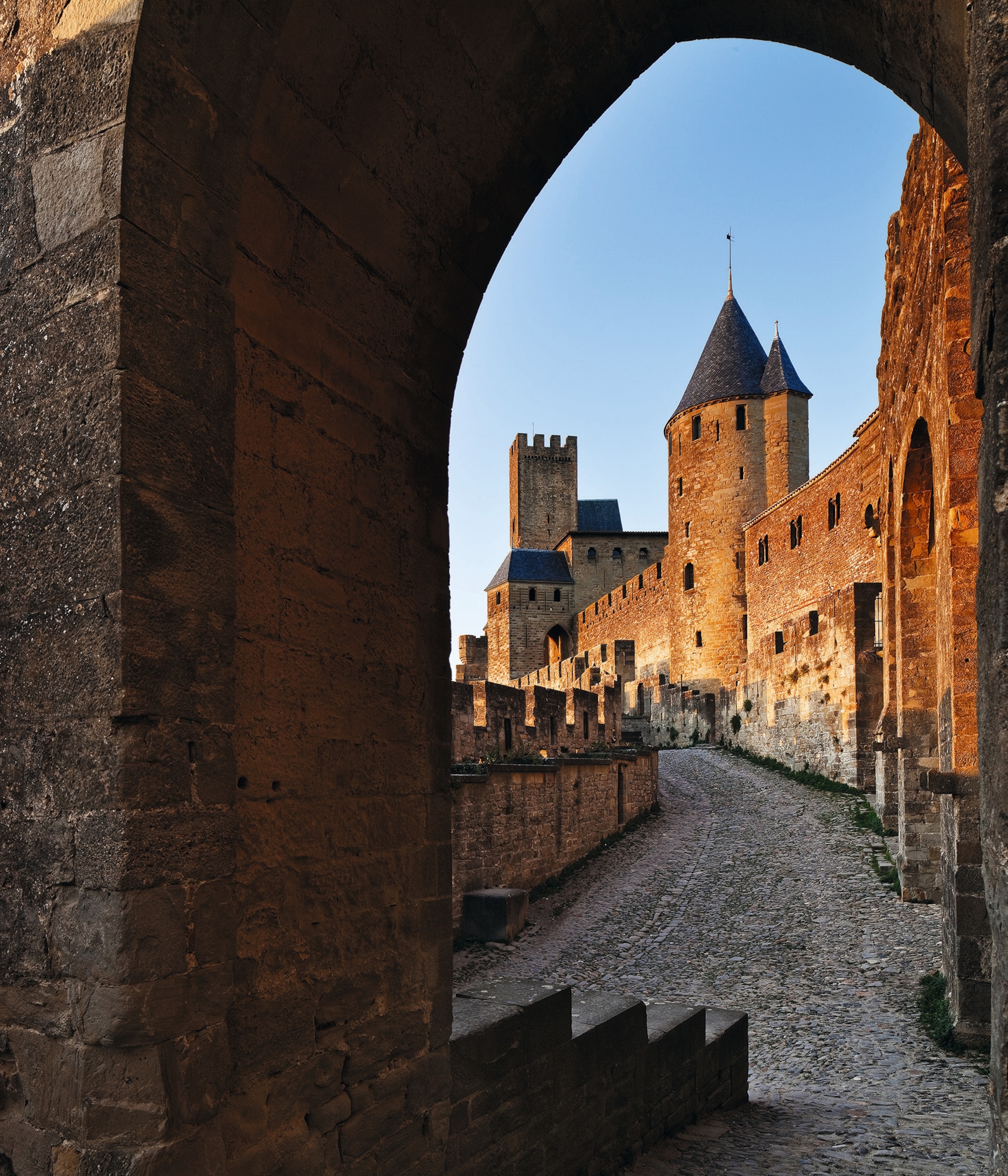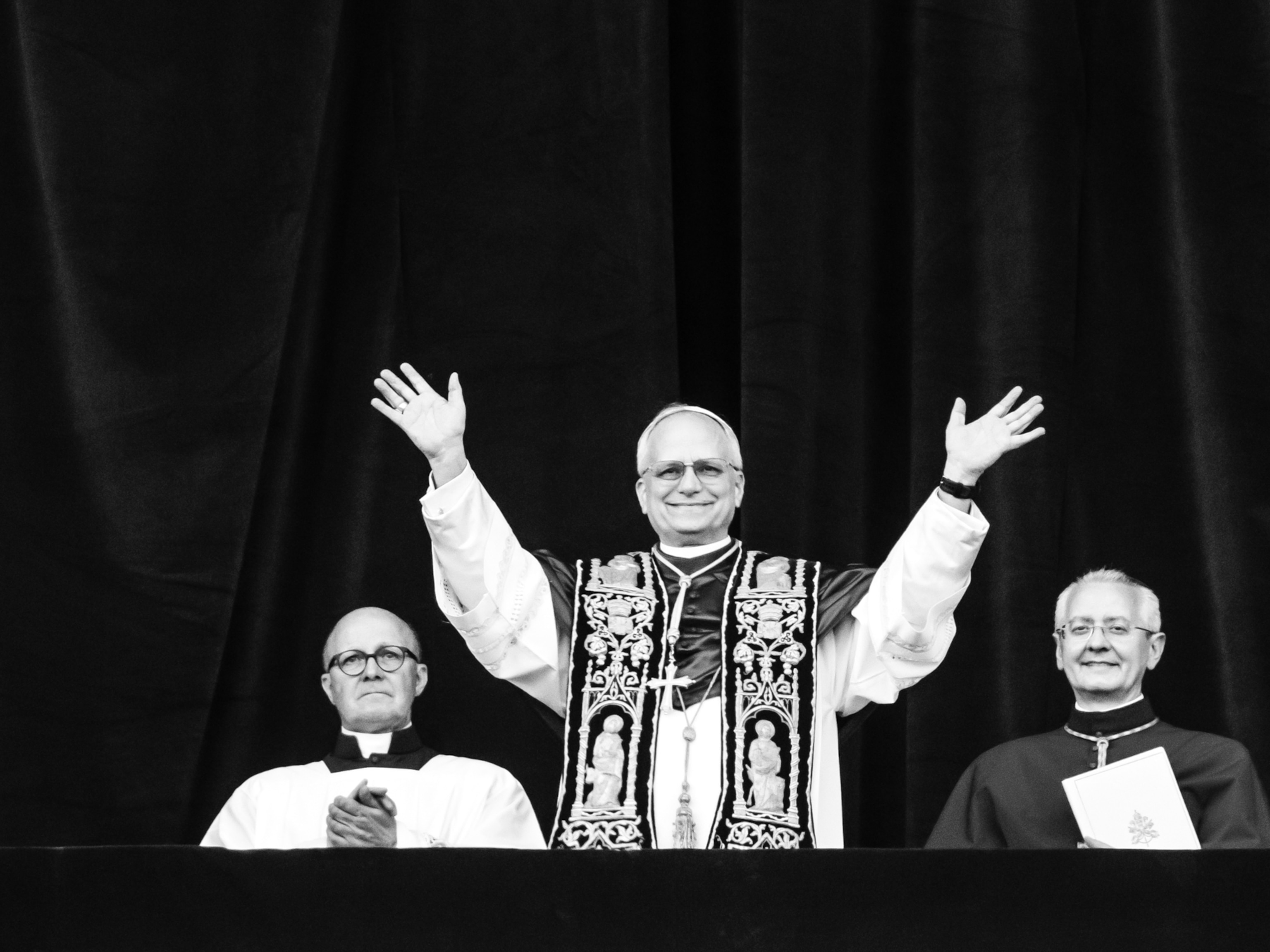Who were the Cathars? Inside the religious group that dared to challenge the Catholic Church
In the 13th century, thousands in France were investigated, massacred, or even burned at the stake by the Catholic Church.
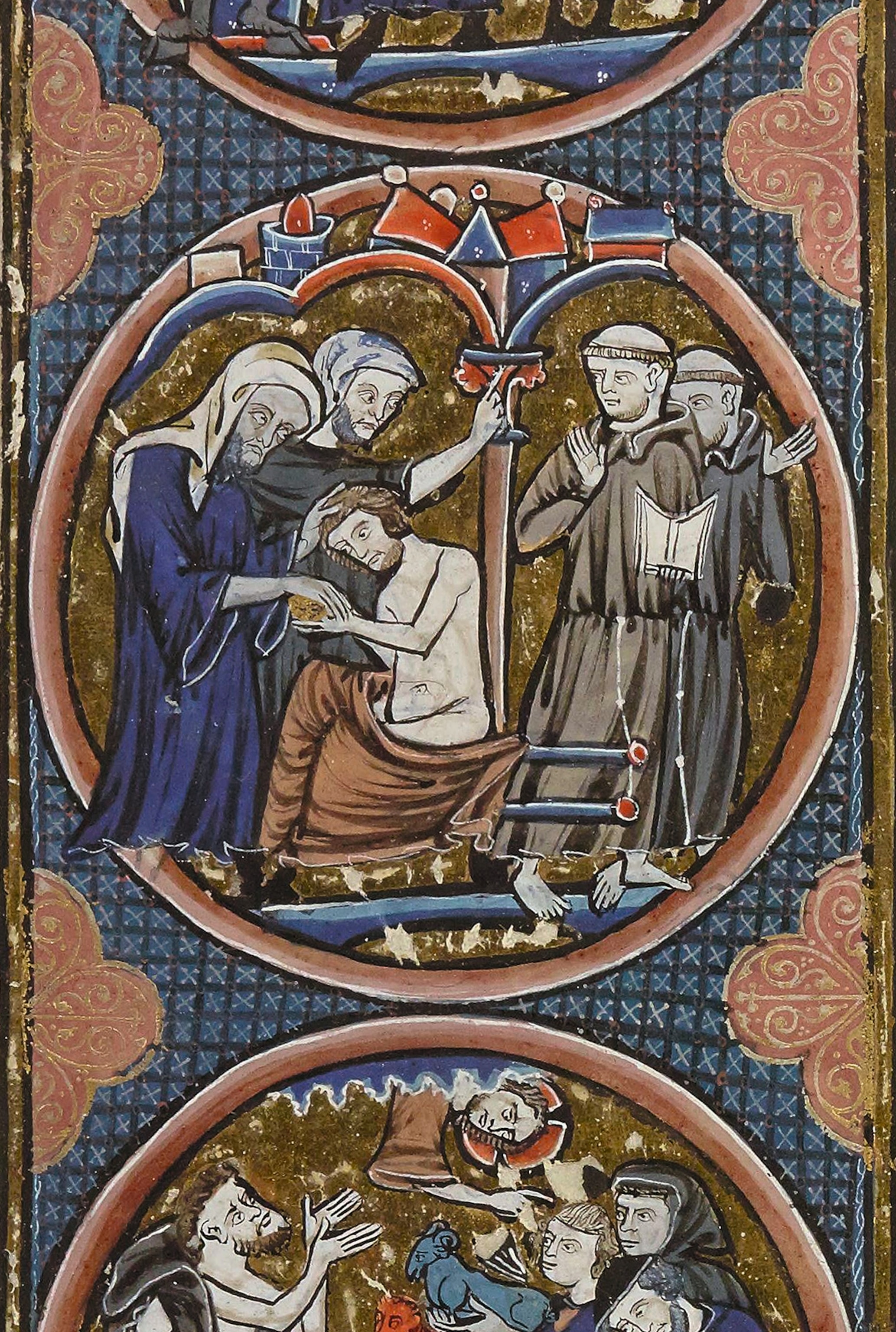
Early 13th-century Europe saw a rise in dissident Christian communities, including the Cathars and the Waldenses, in several regions of Europe. The dissident movements questioned central elements of Catholic doctrine: the validity of the sacraments and the Church’s message on salvation of the soul. They believed the Church and its members had moved away from the Christian ideal and they demanded a return to evangelical poverty. Before the Inquisition, the Catholic Church addressed doctrinal dissent by organizing public debates with the dissenters in an attempt to bring them back to the “true faith.”
Diego de Acebes, bishop of the Castilian diocese of Burgode Osma, who saw firsthand how Catharism was taking hold, warned the Catholic prelates of southern France about the need to change their lifestyle. He knew that when priests tried to preach against the heresy, the dissidents would deride them as hypocrites and criticize their extravagant and impure lives; if the Church had any chance of bringing the heretics back into the fold, they would need to devote themselves to sermonizing, renounce their property, and practice what they preached. In 1207, in the town of Montréal in southern France, a public debate was organized that pitted various Cathar leaders against Diego de Acebes and his canon Dominic de Guzmán (the future founder of the Dominican Order). The Cathar deacon Arnaud Oth is reported to have denounced the Catholic Church as being “the Church of the devil,” and like “that Babylon that John in the Apocalypse accused of being the mother of fornications and abominations, drunk on the blood of saints and the martyrs of Jesus Christ.”
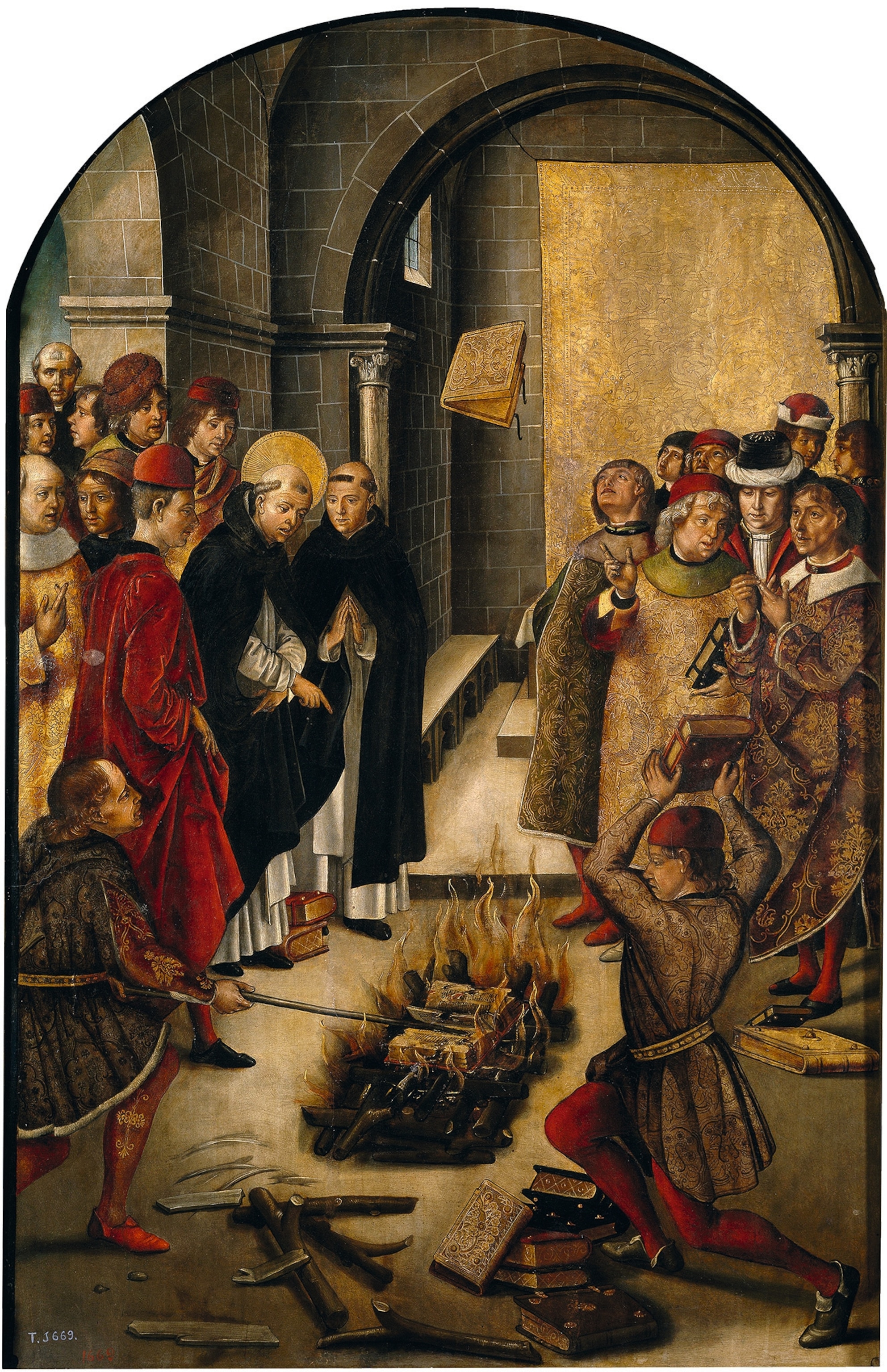
The Albigensian Crusade
The growing religious tumult sparked a more generalized unrest. In Occitania, southern France, the situation was aggravated by the political and social context of the region, in which the Catholic French Crown had been unable to impose any effective authority. This left space for freedom of religious worship by feudal lords and urban oligarchies, and diminished the power of the Catholic Church in the area. Among the nobles who moved away from the Catholic orthodoxy was the viscount of Carcassonne, a staunch defender of Catharism, as well as the count of Toulouse and the count of Foix. In response, the papacy imposed a series of measures. Legislation was enacted so that convicted heretics faced severe penalties. And the pope, working through the papal legates— his envoys on the ground—urged kings, princes, and feudal lords to take up arms and expel any heretics from their domains.
Catharism, a baptism of fire
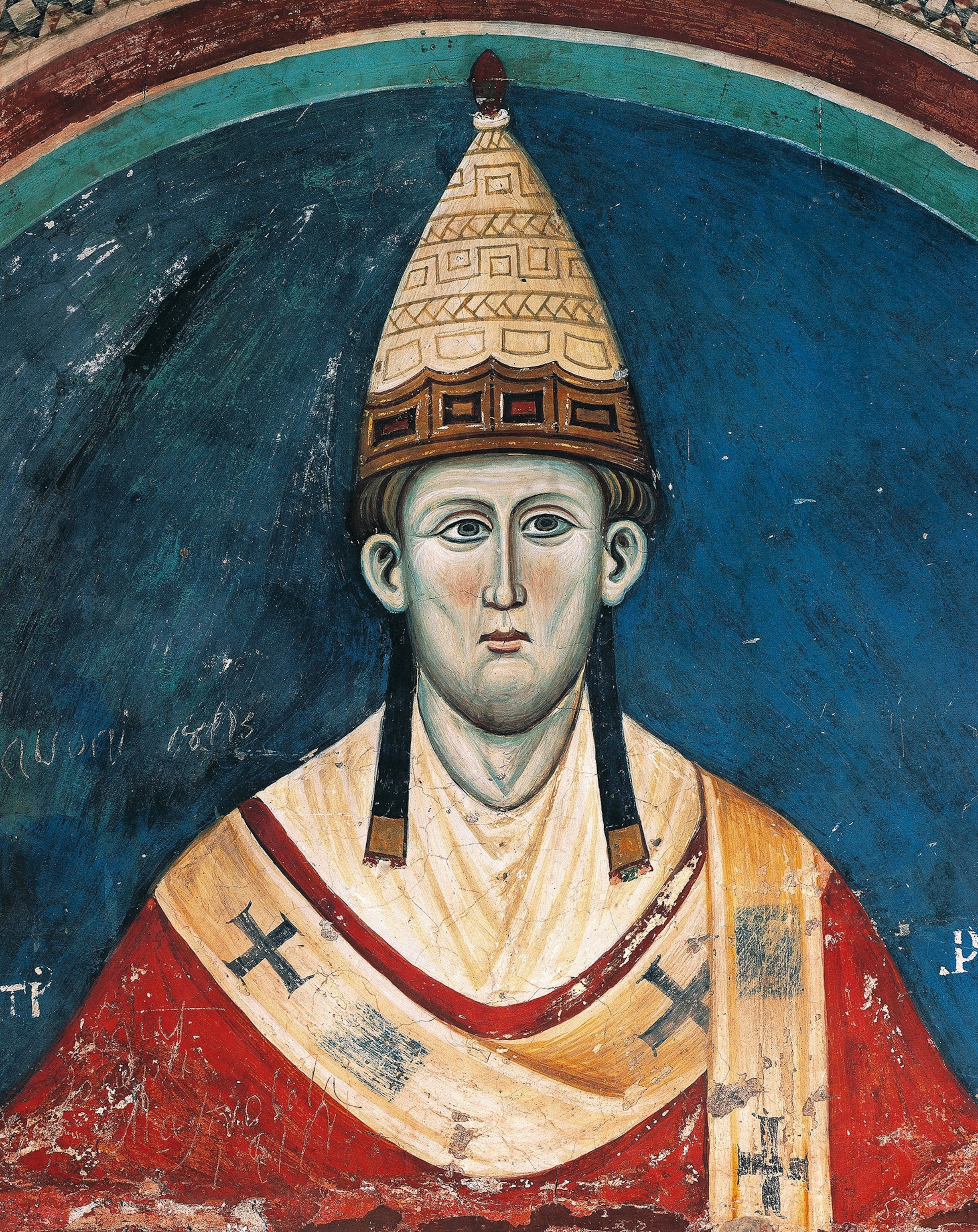
Assassination of an inquisitor
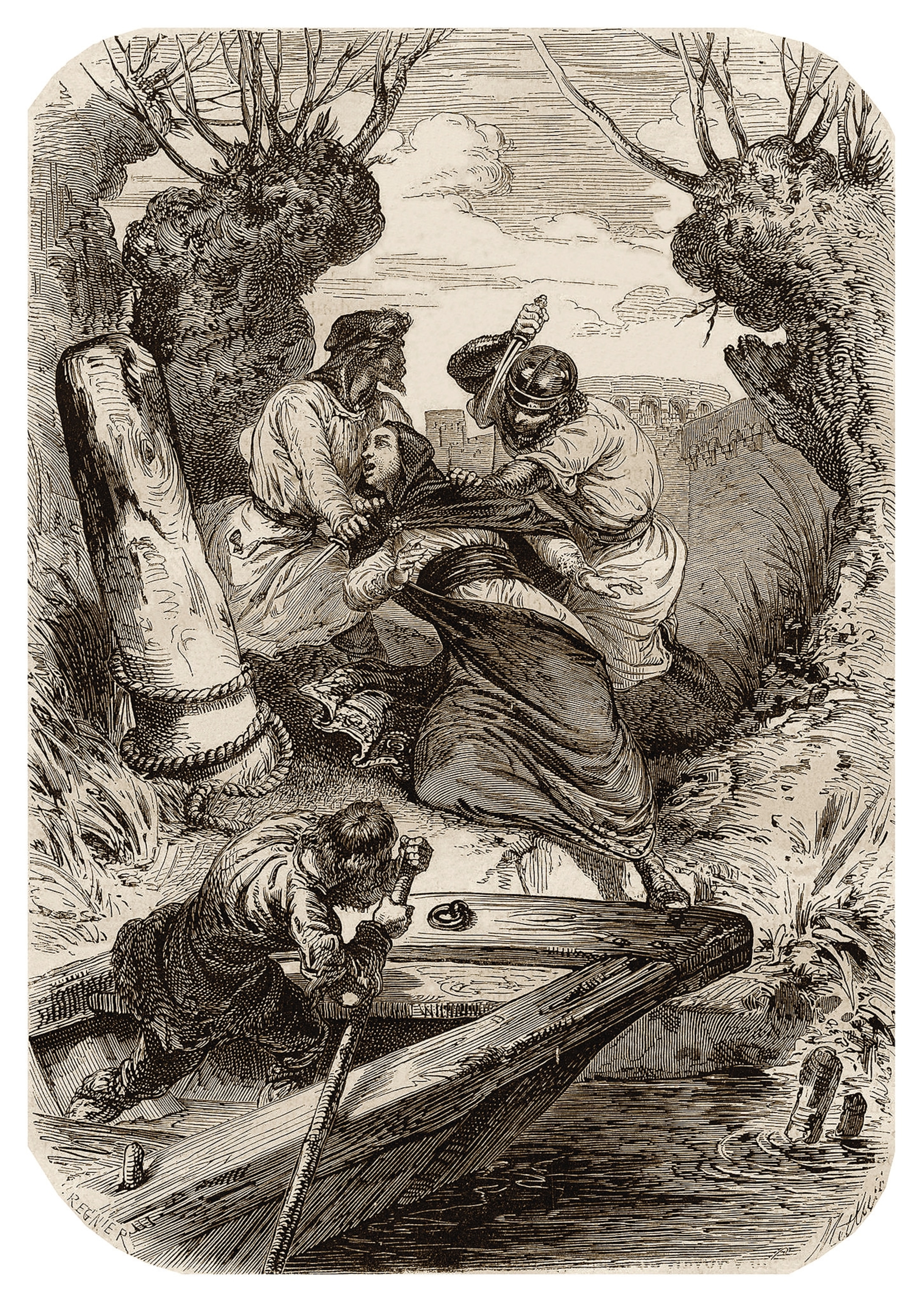
Tensions boiled over in January 1208 with the assassination of the papal legate Pierre de Castelnau by a squire from the House of Toulouse. The Church retaliated swiftly and in March, Pope Innocent III called on all the nobles, counts, and barons of Europe, and the men in their service, to join a crusade against the heretics and the feudal lords who protected them. The following year, the Albigensian Crusade began. Despite its name, this crusade was set on rooting out Cathars not just from Albi but from all of southern France. Some sources put the death toll of the 1209 massacre at Béziers at 20,000. Although the figure may be exaggerated, it is clear this was a time of significant death and suffering.
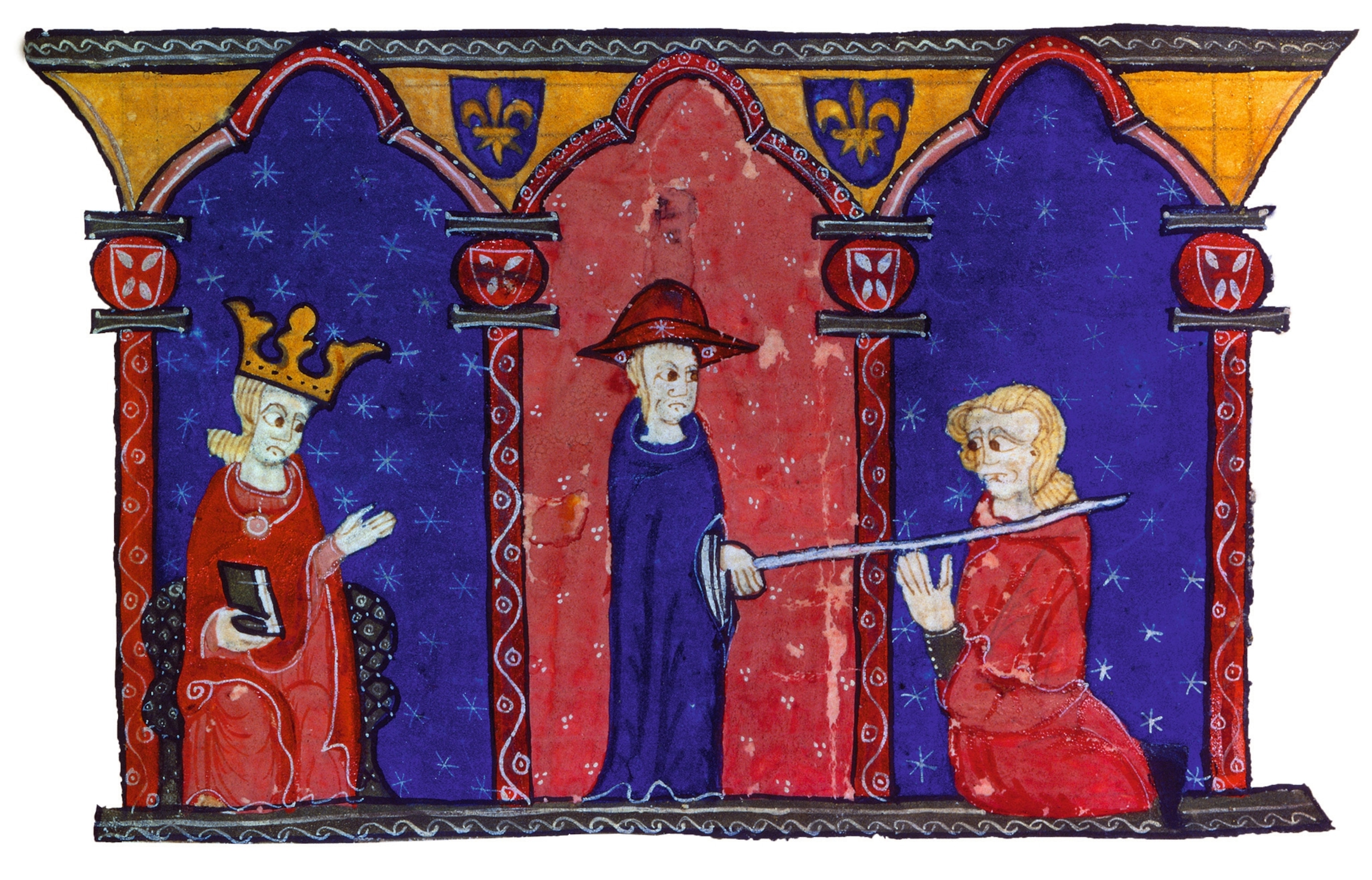
The Inquisition intervenes
The Albigensian Crusade ended with the Treaty of Meaux-Paris, signed in April 1229 between Louis IX of France (under the regency of his mother Blanche of Castile) and Raymond VII, count of Toulouse. The count was forced to accept extremely harsh conditions by the Crown. He agreed to recognize French sovereignty and consented to the occupation of his lands by the king’s troops. He withdrew the support he’d been giving his vassals in their fight against the Church, paid the Church heavy indemnities, and pledged his allegiance to the pope. Raymond then went further, galvanizing the Church’s battle against heresy, in two ways: He agreed to fund the University of Toulouse’s faculty of theology, which was led by the Dominicans and designed to train clergymen, and institutionalized the inquisitorial procedure in his dominions. From this point on, the Cathars faced an increasingly hostile and repressive environment.
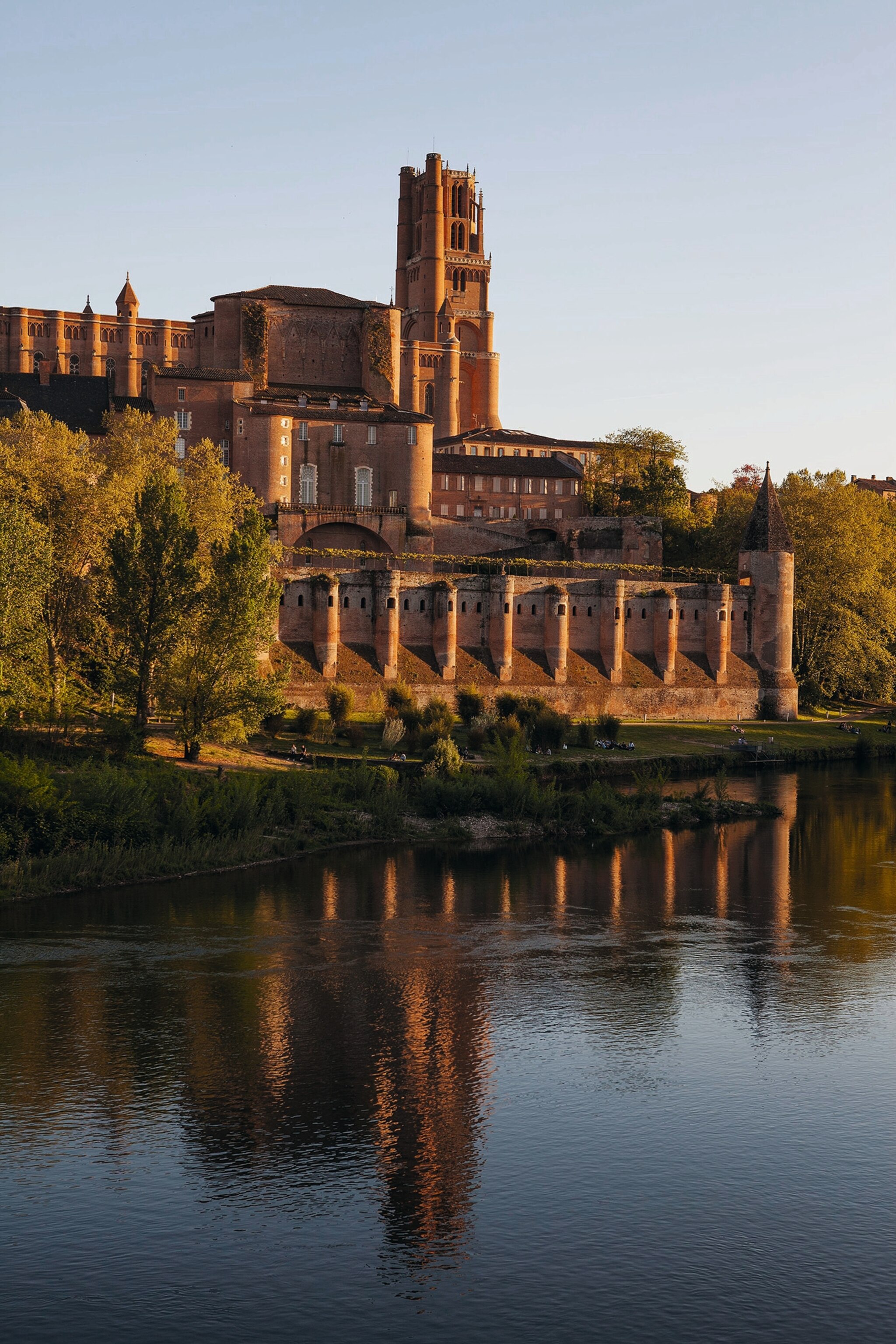
The Inquisition (from the Latin inquirere,“to investigate,” “to inquire”) was introduced at the end of the 12th century and established that bishops were obliged to root out heretics from their dioceses. In the 1230s, Pope Gregory IX promulgated a series of bulls (formal decrees) that condemned heresy as a crime of lèse majesté (akin to treason), and made it compulsory to start an inquisitorial procedure if articles of faith were being abandoned.
This first phase of medieval inquisition was driven by the papacy and placed the bishops in charge of declaring sentences or readmission into the Church after the defendants had formally renounced their heretical views. In addition, Pope Gregory IX issued privileges so that the friars of the Dominican Order had carte blanche to carry out their inquisitorial work, and were unrestrained even by the civil authorities. It was within this framework that the first inquisitorial tribunals were formed.

(What does it take to become a saint in the modern age?)
Repression triumphs
The Inquisition set in motion by Pope Gregory had no fixed headquarters; it was itinerant, with trials being held in monasteries, bishops’ houses, or in any other space that fit the purpose. The culmination came between May 1245 and August 1246 with the “Great Inquisition” at Toulouse led by the Dominicans Bernard de Caux and Jean de Saint-Pierre.
In all, 5,471 men and women, including nobles, doctors, monks, scholars, artisans, and shepherds, from all over the Lauragais (the territory between Toulouse and Carcassonne) were summoned to the Basilica of Saint-Sernin to testify on matters of faith. There, before jurists, scribes, and witnesses under oath, those being interrogated (up to 200 a day) had to confess whether they,or any person they knew, living or dead, had seen, heard, aided, or sought salvation through heretic beliefs.

The two gods of the Cathars

If someone was found to have preached heresy in public, and if they persisted in their heretical views after being readmitted to the Church, they could then be condemned as a heretic. At this point, their goods and property would be expropriated, and they would be handed over to the civil authority to be burned at the stake.
It was around this time that the first inquisitors’ handbooks appeared. The Dominican jurist Raymond of Peñafort was in charge of defining the legal framework and guarantees to deal with those suspected of heresy and those who had listened to, aided, or abetted a heretic without necessarily sharing their beliefs.
The activity of the Inquisition led to Catharism fragmenting in the south of France. However, during the second half of the 13th century, the Cathar communities found space in northern Italy in which to expand. There, the Cathars were known as Patarines, appropriating the name from the 11th century movement for clergy reform. The new Patarines were prominent in various locations, including the cities of Florence, Orvieto, Bologna, and Naples. In Italy, the adherents of Catharism were found in families of the urban elite, such as merchants and prosperous artisans, and tended to have the protection of great noble houses. When the conflict in Italy between the Guelfs (the party of the pope) and the Ghibellines, (the party of the emperors) broke out, the Cathar dispute was reignited because Cathars had the backing of the Ghibellines against the papacy. At the beginning of the 14th century, Pierre Authier, a notary from the county of Foix in the south of France, traveled to northern Italy and met the great Cathar masters who still taught in the schools of Lombardy. Authier was so fascinated by their teaching that he converted, and then, together with his brother, returned to Foix from where he began to reenergize the Cathar community.
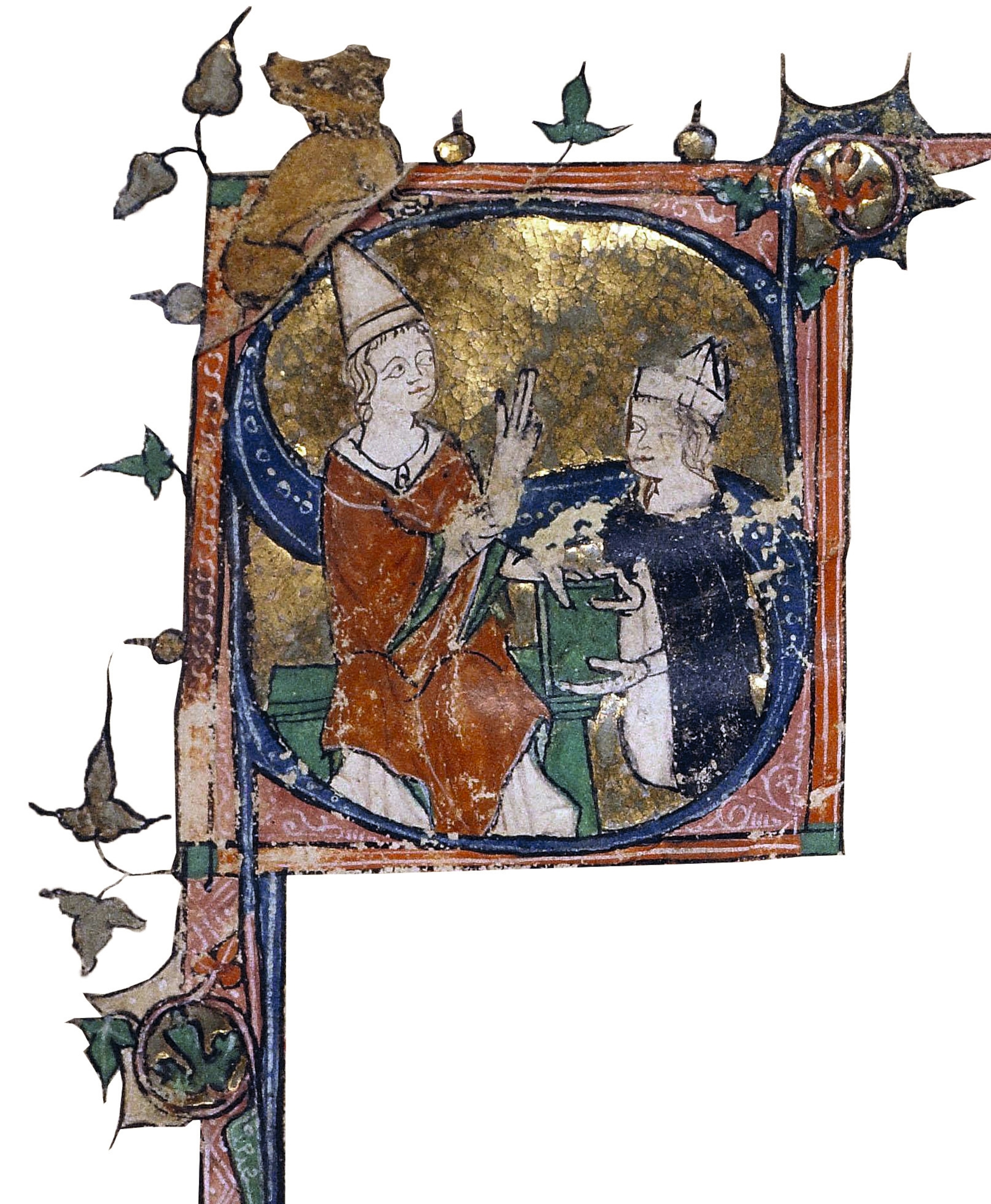
Catharism resurrected
Almost one hundred years from the beginning of the Albigensian Crusade, the situation had changed a great deal in Occitania: The heretics no longer enjoyed the support of the feudal lords and urban oligarchies. However, within a very short time, the Authier brothers had reignited the embers of the Cathar Church and converted multitudes to their doctrines. The brothers’ success was so pronounced that in 1308, the village of Montaillou in Foix county was subjected to a mass inquisition of all men and women over the age of 14. But even this wasn’t effective in rooting out the heretics; a second mass inquisition took place in the same village around 1320, this time ordered by Jacques Fournier, bishop of Pamiers.
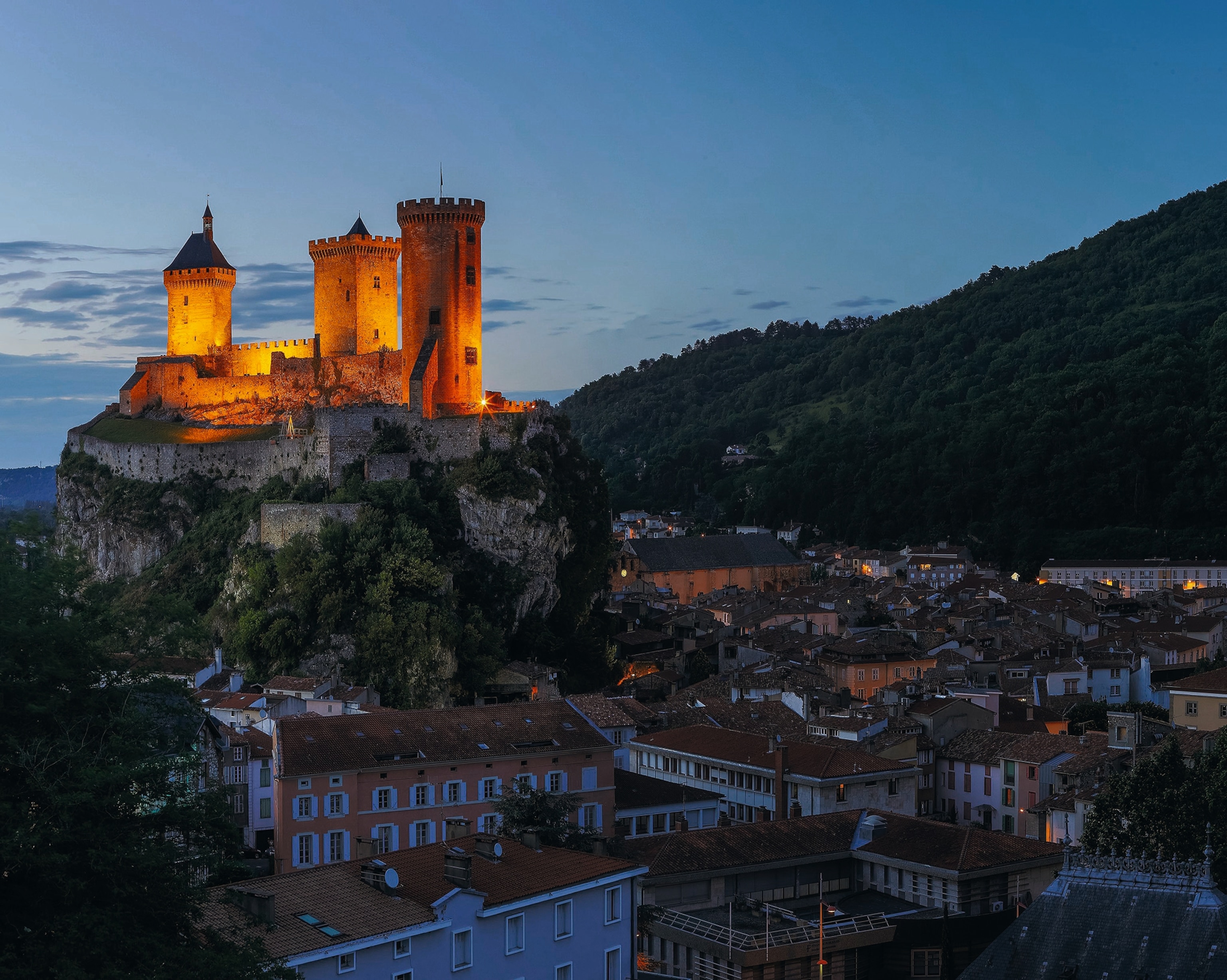
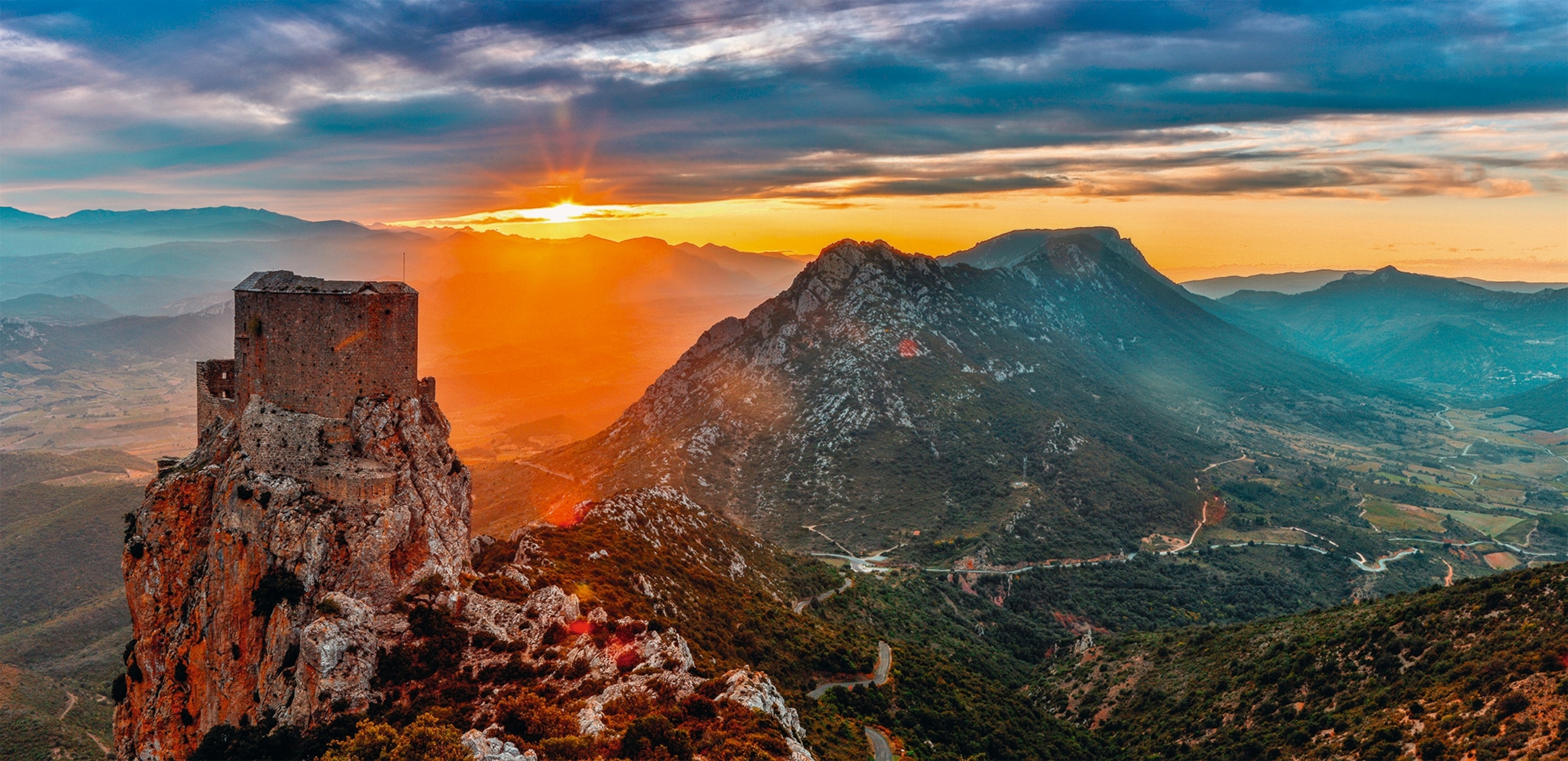
This inquisitorial activity led to the capture of Pierre Authier, and in April 1310 the inquisitors condemned him to death at the stake in Toulouse. One witness, Guillem Baille, explained to the bishop that he had heard that Authier, just before he was burned alive, had said that if his accusers let him speak and preach to the people, he would convert every one of them to his faith.
Cathar denial of the cross
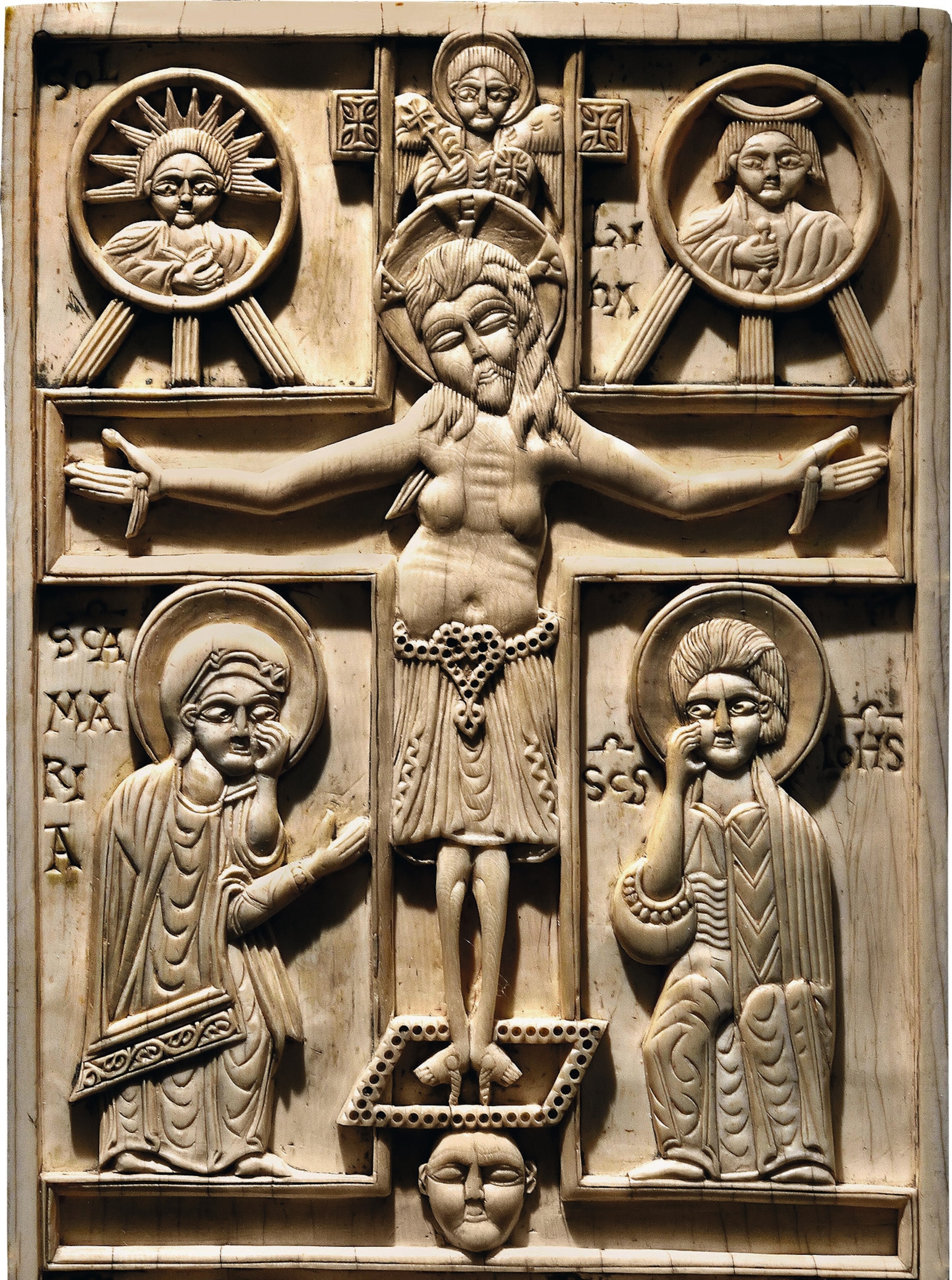
With Authier’s death, the Cathar Church in Foix county was disbanded, although a small group was able to flee across the Pyrenees and settle in cities in Catalonia, Valencia, and Aragon. Among them was Guillaume Bélibaste, the last Cathar perfectus (master), and brothers Pierre and Jean Maury. Most of those who fled were shepherds and artisans from Montaillou. They settled among other exiled Occitanians, although they lived out their faith in secret.
(Catholic exorcisms are real—and they have an ancient history)

In the end, Bélibaste was betrayed by Arnaud Sicre, whose mother’s property had been confiscated when she was put to death at the stake for her Cathar beliefs. Sicre had made a pact with the bishop of Pamiers that the confiscated goods would be returned to him if he could hand over one of the heretics who had fled— so he did. Bélibaste was captured and taken to Villerouge-Termenés Castle, the residence of the archbishop of Narbonne. There, on August 24, 1321, Bélibaste was burned alive without ever giving up his Cathar faith.
A few days later, the Maury brothers were arrested and condemned to life imprisonment. In his confession, Pierre Maury recalled a conversation with Pierre Authier: “‘There are in fact two Churches, the one that loosens and pardons and the other that binds and flays. Which of these two do you think is the better?’ [asked Authier]. I responded that it seemed to me that the one that pardons was better than the one that flays. He added: ‘That is the one that we consider the best as well and that is our Church.’”
